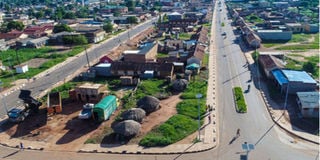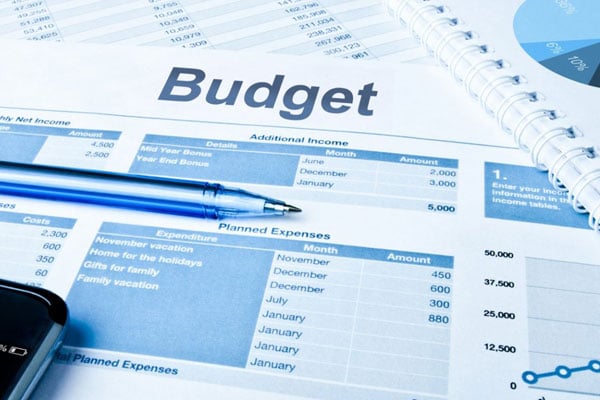Prime
Gulu City unveils new physical development plan

An ariel view of Gulu City.
The Gulu City Council has unveiled a new physical development plan for the financial year 2022/2023.
According to the plan, which Daily Monitor has seen, it is 255 sqkm, nearly four times bigger than the previous one which covered only 55.6sqkm.
Ms Evelyn Mukonyezi, the city’s senior physical planner, last week said it will be presented to the physical planning committee for perusal before it goes to the council for approval.
“This plan is a tool for development control; it helps us in organising the land and creating order. Once approved, the plan will be taken to the technical team of the Ministry of Lands for approval,” Ms Mukonyezi said.
The new plan also provides for infrastructure projects of low-cost housing in the slummy areas of Pawel-pudiek, Kanyagoga, and Pageya villages.
Ms Mukonyezi said it will also provide for a transport interchange on Custom Corner-Prisons road, and an industrial park at Lajwartek.
To address its sewage spill challenges, Mr Robert Towler, team leader of FICHTNER, a consultancy firm to modify the old physical development plan, said the city needs about five sewage lagoons and modern safe water disbursement plants.
“The sewerage system in Gulu is very limited, the actual existing pipes for sewerage systems cover 1.5 percent of the city area which is approximately 6 percent of the population of the city. The city needs four new lagoons out of the city center to be able to address this,” Mr Towler said.
Current infrastructure
According to the city engineer, Mr Christo Balmoi Omona, Gulu has 51.4km of paved roads, 35.1km of roads are in excellent state, 16.5km in the fair state while the city has a backlog of 105.9km of the roads which are unpaved.
He said 12.3km of roads are currently under construction by China Railways Company 18 constructing 7.8km at the cost of 42.8billion and China railway 7 group constructing another 43km at a cost of Shs25 billion.
He also said the city has 1980 solar street lights.
According to Mr George Ochan, the manager of National Water and Sewerage Corporation of Gulu, they have stepped up the water supply from 4,000 cubic metres since the take over from 1991 to between 7,000 to 8,000.
“The current water demand for the city and the surrounding is 10,000 cubic metres which means the state of water supply and sewerage services is still below the demand,” Mr Ochan said.
He added that there are several interventions such as the Karuma project, which has been launched and after two years, it is expected to be completed to begin supplying adequate water.




